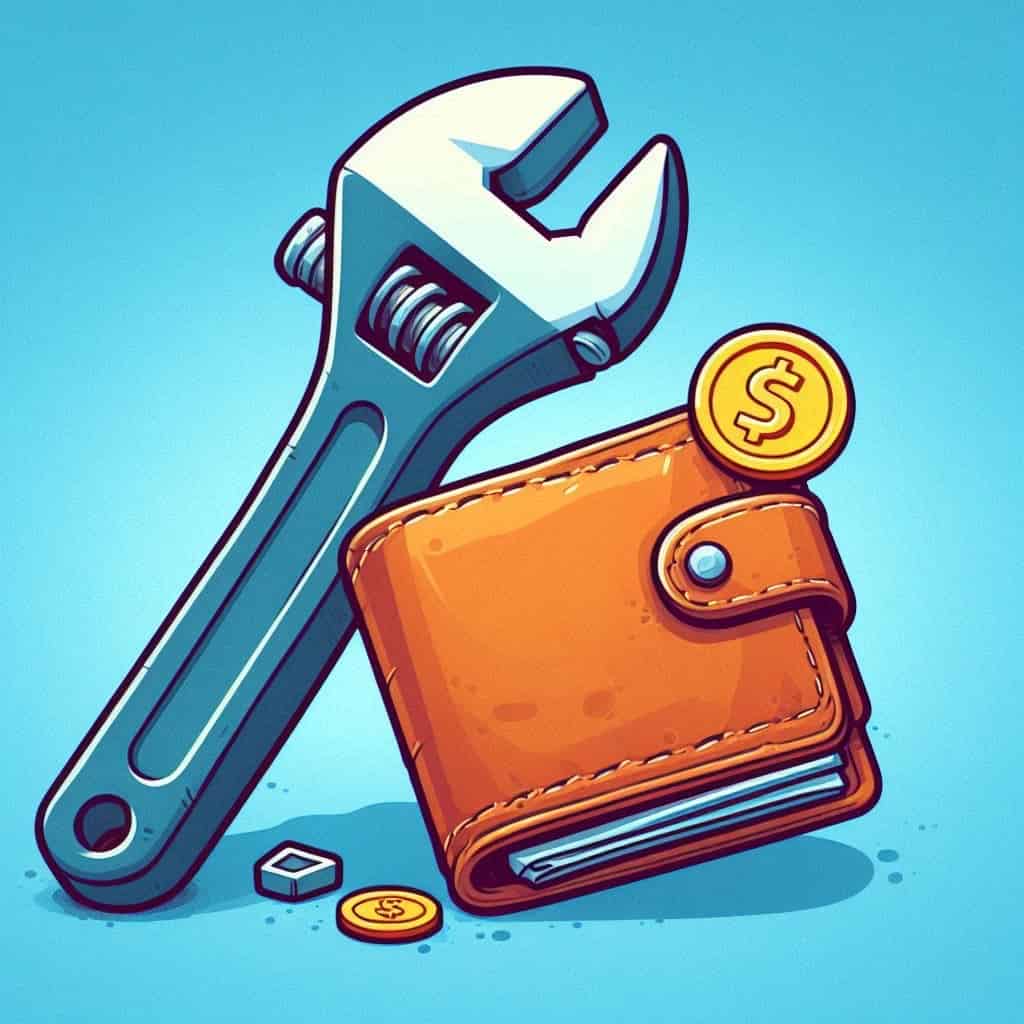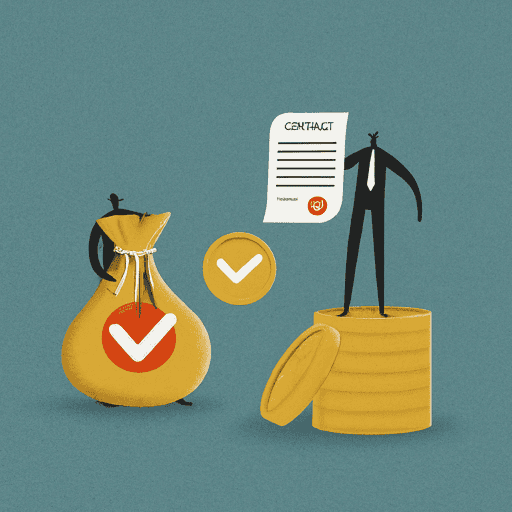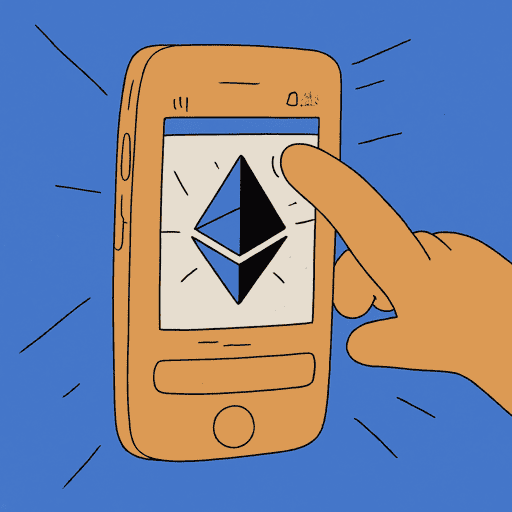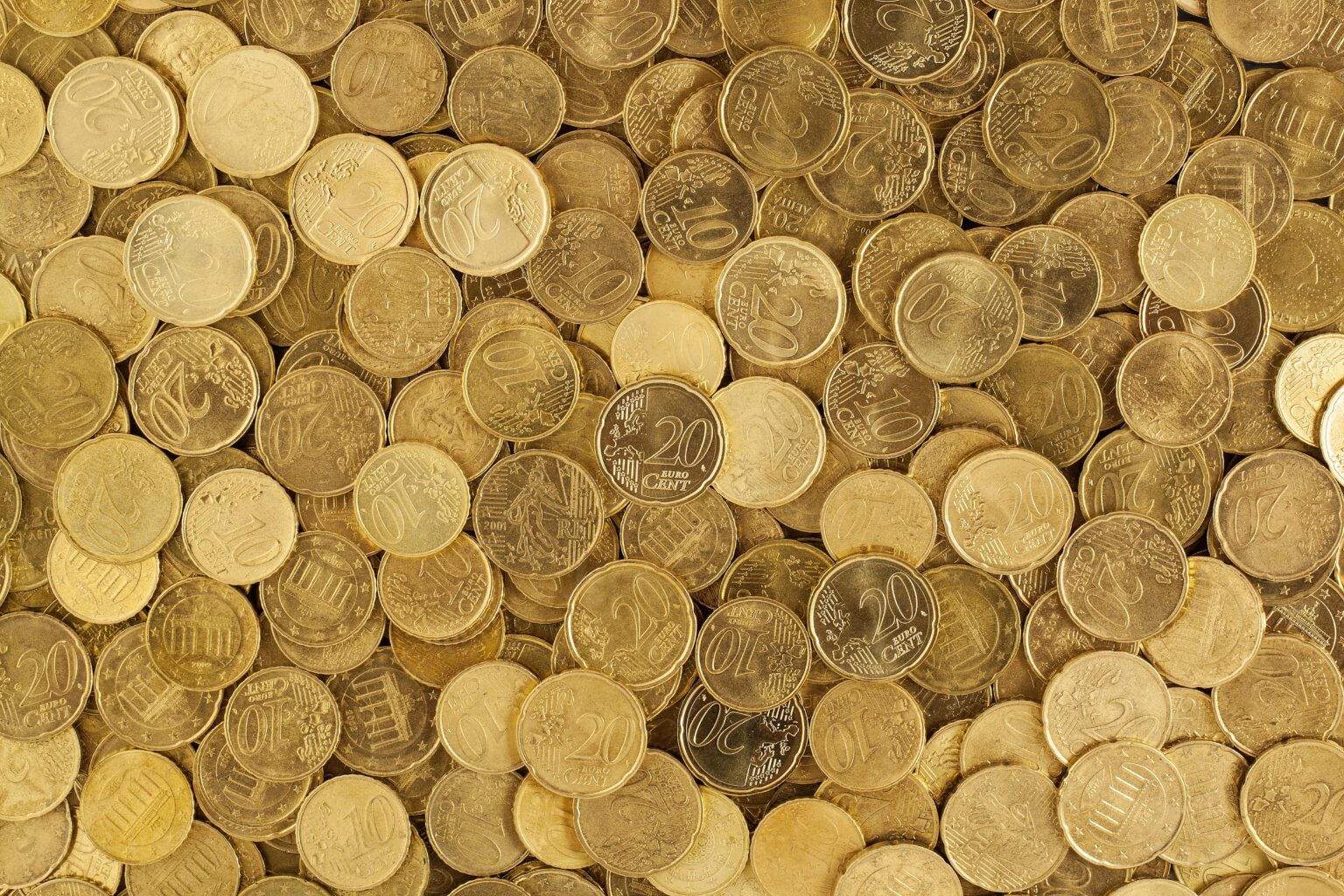
How To Get Started In DeFi
Are you a beginner looking to get started in the world of decentralized finance? With the DeFi market projected to grow by a whopping $32 billion in the next five years, there’s no better time to jump in on the action than now.
This article will equip you with everything you need to know about decentralized finance platforms, guiding you through the entire process of interacting with your first DeFi protocol.
With that said, let’s kick things off by exploring the first step in getting started with DeFi: setting up a digital wallet.
Step 1: Setup a Defi wallet
The goal of interacting with any decentralized finance protocol is to gain access to a secure, fast, and decentralized system of financial products. If you want to earn interest on a savings account offered by a bank, you will need to open an account with that bank and deposit funds into your newly opened account.
This account is like a wallet that stores your initial deposit and any interest earned from your savings contract. DeFi protocols operate in a very similar manner.
Users need tokens (cryptocurrencies) in their wallets (virtual accounts) to interact with or benefit from certain blockchain protocols. So, how do you go about setting up a DeFi wallet?

Step-by-step guide to setting up a Defi wallet
1. Find a good non-custodial cryptocurrency wallet. A non-custodial (or self-custody) wallet is a type of virtual cryptocurrency wallet where users hold the private keys and have complete control over their funds.
Some of the best non-custodial wallets available on the market include Metamask, Coinbase, and Trust wallet.
2. Create an account with your preferred wallet provider and follow the prompts in the app to set up your wallet.
3. During the setup process, you’ll be provided with a sequence of words, also known as a seed phrase or recovery phrase. These words are a human-readable representation of a long and unique string of numbers (your private key) that grants access to your cryptocurrency holdings.
It’s important to keep your seed phrase in a safe location, ideally somewhere you’ll remember easily.
TheDeFiMovement
Write down this phrase and store it in a safe place.
4. Your DeFi wallet has now been fully set up and we can now move on to the next step. Remember, anyone who has your private key or recovery phrase can gain access to your tokens and authorize transactions in your name.
It’s also important to keep your seed phrase in a safe location, ideally somewhere you’ll remember easily. Losing your seed phrase could result in permanent loss of access to your cryptocurrency holdings.
Step 2: Explore DeFi platforms
The DeFi space is full of platforms offering a wide range of financial services. With the variety of products available, it’s easy to feel overwhelmed. But don’t worry, we can help you navigate the options!
In this section, we will explore the categories of financial services offered on the decentralized web and list some reputable platforms where you can access these services.
Decentralized Exchanges (DEX)
A decentralized exchange is a fully-automated cryptocurrency trading platform that connects buyers and sellers, eliminating the need for an intermediary.
Unlike centralized exchanges (e.g Binance, Coinbase, Kraken, etc.) where transactions are managed and processed by a single entity, decentralized exchanges facilitate direct trade between parties.
You may be wondering how such platforms are able to facilitate trade between parties without a mediator. Well, it’s pretty simple.

Decentralized exchanges (and Dapps in general) use self-executing programs called “smart contracts” to automate and enforce the terms of agreement between users. So, for instance, if a buyer initiates a transaction, the smart contract verifies if they have enough tokens in their wallet to complete the transaction before fulfilling it.
Methods of interacting with a decentralized exchange
A. Trading: Decentralized exchanges provide a peer-to-peer marketplace for users to purchase and sell cryptocurrency tokens. Below is a complete step-by-step guide to trading cryptocurrencies on any DEX.
- Connect your DeFi wallet to a reputable exchange. Popular decentralized exchanges (DEXs) include Uniswap, PancakeSwap, 1inch, and Sushiswap.
- Enter the amount of tokens you want to receive in the provided text box (the other text box should automatically populate with the number of tokens required for that exchange)
- Read and follow the prompts displayed on the platform.
- Your tokens should immediately be transferred to the respective wallet
B. Liquidity Pool: To efficiently facilitate financial transactions between users without a central intermediary, decentralized exchange protocols require significant liquidity. This led to the creation of liquidity pools.
A liquidity pool is a virtual stash of cryptocurrency tokens, contributed by users, that facilitates smooth trading on decentralized exchanges. Users whose funds are locked in these pools receive a small percentage of the trading fees generated by the decentralized exchange.
If you’re looking to transfer some of your crypto tokens into a liquidity pool, the instructional video below provides clear instructions to help you get started.
DeFi Lending Platforms
Imagine you own one bitcoin and want to invest in another project but don’t have enough cash to meet this obligation. You could;
- sell a portion of your Bitcoin holdings to finance your investment, or;
- use your bitcoin as collateral for a loan
Long-term investors, who believe in the growth potential of Bitcoin, may prefer the second option as it allows them to retain their holdings and boost their cash flow at the same time. Decentralized finance platforms like AAVE, Compound Finance, MakerDao, etc. provide access to such loans without extensive paperwork or a credit history.
How do DeFi lending platforms work
Just like decentralized exchanges where an order is made and a contra order is matched to that, DeFi lending platforms cater to both lenders (individuals who transfer their crypto holdings into a pool and earn returns for providing liquidity) and borrowers (users looking for quick, easy-to-access crypto loans).
Smart contracts act as mediators between parties ensuring that the terms of agreement of any transaction are strictly fulfilled.
The process of lending or borrowing on a DeFi lending platform can be a steep learning curve, but we’ve linked to an in-depth video walkthrough to help you navigate the process with ease.
Governance
Besides trading, providing liquidity, and seeking/financing crypto loans, users can also participate in the decision-making processes of decentralized finance protocols. This operates just like in the real world where individuals purchase shares of a company, gaining partial ownership and a proportional share of control.
In the DeFi landscape, this translates to holding governance tokens. These tokens, similar to company shares, function as a voting mechanism.
Any user who owns these tokens automatically gains voting rights, allowing them to influence the future direction of the respective protocol. As is the case with most shareholder voting systems, individuals with a high number of tokens tend to get more voting rights than those with fewer tokens.
“Governance” operates just like in the real world where individuals purchase shares of a company, gaining partial ownership and a proportional share of control
TheDeFiMovement
Some examples of decisions users can influence through voting with governance tokens include protocol upgrades, loan interest rates, transaction fees, treasury management, etc.
Step 3: Buy cryptocurrency and transfer your tokens into a non-custodial wallet
Now that you have a digital wallet and have explored some DeFi platforms, the next step is to buy some cryptocurrency. Cryptocurrency is digital or virtual currency that uses cryptography for security.
It’s decentralized and operates on technology called blockchain, which is a distributed ledger enforced by a network of computers called nodes. There are various ways to buy cryptocurrency.

The most common way is through a cryptocurrency exchange. These are platforms that facilitate the trading of cryptocurrencies for other assets, such as other digital currencies or traditional fiat money.
Some of the most well-known exchanges include Coinbase, Binance, and Kraken. When buying cryptocurrency, it’s essential to do your research.
After buying your cryptocurrency, the next step is to transfer them to your wallet. Transferring crypto to your self-custody wallet is a straightforward process.
First, you need to copy your 42-character wallet address. Then, go to your exchange account and select the option to withdraw your cryptocurrency.
Paste your wallet’s address in the required field, and enter the amount you want to transfer. Confirm the transaction, and your crypto will be transferred to your non-custodial wallet.
It’s worth noting that each cryptocurrency has its unique characteristics, and not all are suitable for every investor. It’s also important to consider the risks associated with cryptocurrency investments.
Cryptocurrencies are known for their extreme volatility, which means the value of your investments can fluctuate wildly in a short period.
Best Practices for Beginners in DeFi
As a beginner to know how to get started in DeFi, it’s important to understand that while the sector offers numerous opportunities, it also comes with its fair share of risks. Here are some best practices to keep in mind:
- Do Your Own Research: Don’t just jump into any DeFi project. Research about its use case, team, technology, and community feedback.
- Understand the Risk: Be aware of the risks involved, including smart contract bugs, market volatility, and more.
- Secure Your Assets: Implement good security practices to protect your assets. This includes using hardware wallets, enabling two-factor authentication (2FA), and keeping your private keys safe.
Understanding Risks in DeFi and Crypto

Just like any other investment, DeFi and crypto come with their own set of risks. Some of the most common risks include market volatility, technological risks like smart contract failures or blockchain bugs, regulatory uncertainty, and the risk of hacking or theft.
In addition, since DeFi operates in a largely unregulated environment, there’s a risk of falling victim to scams or fraudulent projects. Therefore, it’s crucial to do your due diligence before investing in any DeFi project.
Lastly, the concept of self-custody, while empowering, also comes with its own risks. If you lose access to your digital wallet, say by losing your private keys or forgetting your password, you could lose all your assets. Hence, it’s essential to keep your private keys safe and to use secure and reputable wallets.
Tips for Successful DeFi Trading
Trading in the DeFi space can be profitable, but it requires strategic planning and careful execution. Here are some tips on how to get started in Defi to help you succeed:
- Stay Informed: Keep up with the latest news and updates in the DeFi and crypto space. Understanding the market dynamics can help you make informed trading decisions.
- Diversify Your Portfolio: Don’t put all your eggs in one basket. Diversify your investments across different assets and DeFi projects to spread the risk.
- Understand the Technology: Knowing how DeFi works, including the underlying technology like blockchain and smart contracts, can give you an edge in trading.
Final thoughts
In conclusion, DeFi and crypto represent a radical shift in the way we perceive and interact with financial systems. They offer a more inclusive, transparent, and empowering financial system, free from the control of central authorities.
While DeFi is still in its early stages, its potential is immense. With continuous innovations and growing adoption, DeFi could redefine the future of finance. It’s an exciting journey that I’m thrilled to be a part of, and I invite you to join me in exploring this new financial frontier.
Remember, knowledge is power. The more you understand about how to get started in DeFi and crypto, the better prepared you’ll be to navigate this exciting world. So, keep learning, stay curious, and don’t be afraid to dive into the world of DeFi and crypto.
